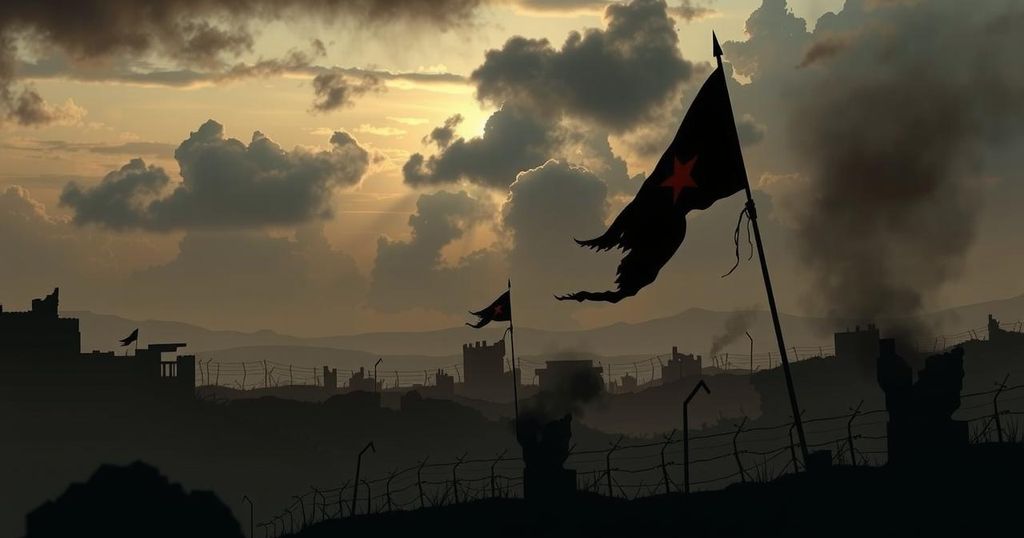Taliban Reportedly Utilizes Iranian Jammers to Silence Independent Media
Summary
The Taliban has allegedly acquired satellite jammers from Iran to disrupt broadcasts from Afghanistan International Television (AITV), the last independent news outlet covering the regime’s human rights abuses. This jamming has silenced the channel for over a week, indicative of the Taliban’s broader campaign to control media narratives and restrict press freedoms in the country, continuing a trend seen in other regions under authoritarian influence.
The Taliban has reportedly procured satellite jammers from Iran with the intention of disrupting broadcasts from Afghanistan International Television (AITV), the last remaining independent media outlet offering critical coverage of the regime’s human rights violations. Harun Najafizada, AITV’s executive editor, informed The Independent that Iranian support facilitated the Taliban’s acquisition of orbital jammers, effectively silencing the channel for over a week by shutting down broadcast signals from September 5 to September 13, before the channel managed to switch frequencies. This news outlet, which started broadcasting the day the Taliban seized power in Afghanistan in August 2021, has gained significant viewership for its in-depth reporting on the Taliban’s impact on Afghan women, minorities, and humanitarian efforts. The channel has defiantly resisted Taliban mandates on female representation, maintaining on-air female anchors and refusing to enforce draconian dress codes. According to sources, the jammers were obtained around May this year, with confirmation that they were procured for substantial sums by Taliban officials within Kabul’s General Directorate of Intelligence. This action marks a worrying trend, as the Taliban aims to extend their censorship not only to AITV but also to other international news channels that do not align with their ideological viewpoint. This shift suggests a pursuit of a state-controlled media environment reflecting the Taliban’s interpretations of Sharia law. This incident is not unique to Afghanistan; Iran has faced accusations of interfering with journalistic freedoms in the Central Asian region, exemplified by similar actions against AITV’s partner channel, Iran International, during protests related to the death of Mahsa Amini. Such government-seeking dominance over the information landscape undermines international press freedom and highlights the escalating efforts of the Taliban to suppress free expression among Afghans. Despite the gravity of the situation, Iran has yet to provide a public response to these allegations. The implications of these actions extend beyond mere censorship, as they symbolize a serious affront to the right to information and a stark reminder of the challenges facing independent journalism in regions under authoritarian control.
The Taliban’s resurgence in Afghanistan has prompted a significant crackdown on press freedom and human rights, particularly since their takeover in August 2021. The establishment of Afghanistan International Television represents a critical platform for independent journalism, particularly in providing a counter-narrative to the Taliban’s portrayal of governance. However, the regime’s acquisition of satellite jamming technology from Iran signals a strategic approach toward silencing dissenting voices and controlling the narrative within Afghanistan. Press freedom in the region, particularly under authoritarian regimes, has seen escalating challenges, with international responses often limited.
The Taliban’s use of Iranian-provided satellite jammers to disable broadcasts of Afghanistan International Television exposes a broader strategy to eliminate critical reporting and safeguard their ideological narrative. This incident underscores significant threats to press freedom in Afghanistan, where the regime is determined to curtail access to independent information. The ramifications are profound, not only for Afghan citizens but also for the international community’s efforts to promote human rights and freedom of expression.
Original Source: www.independent.co.uk






Post Comment